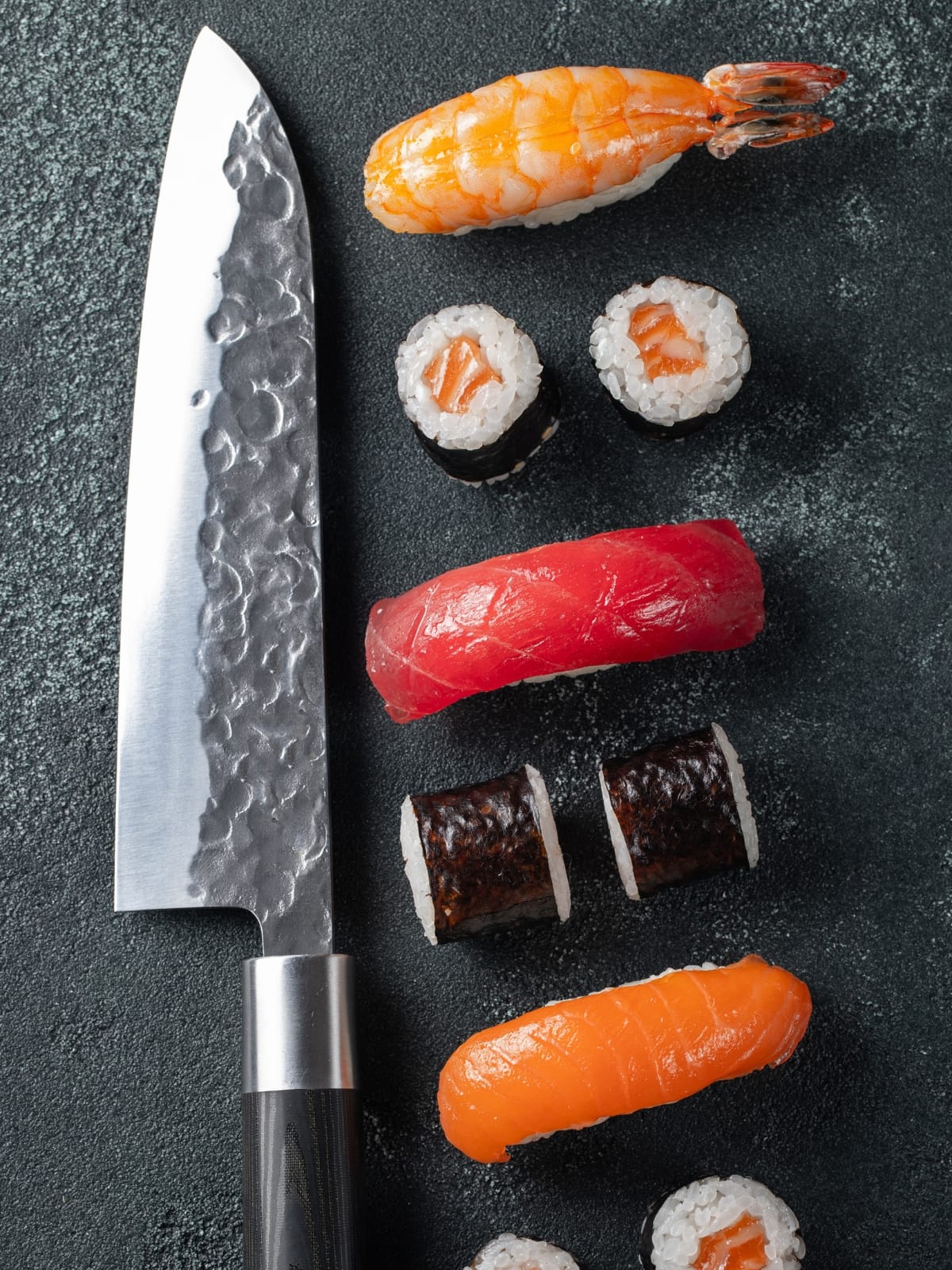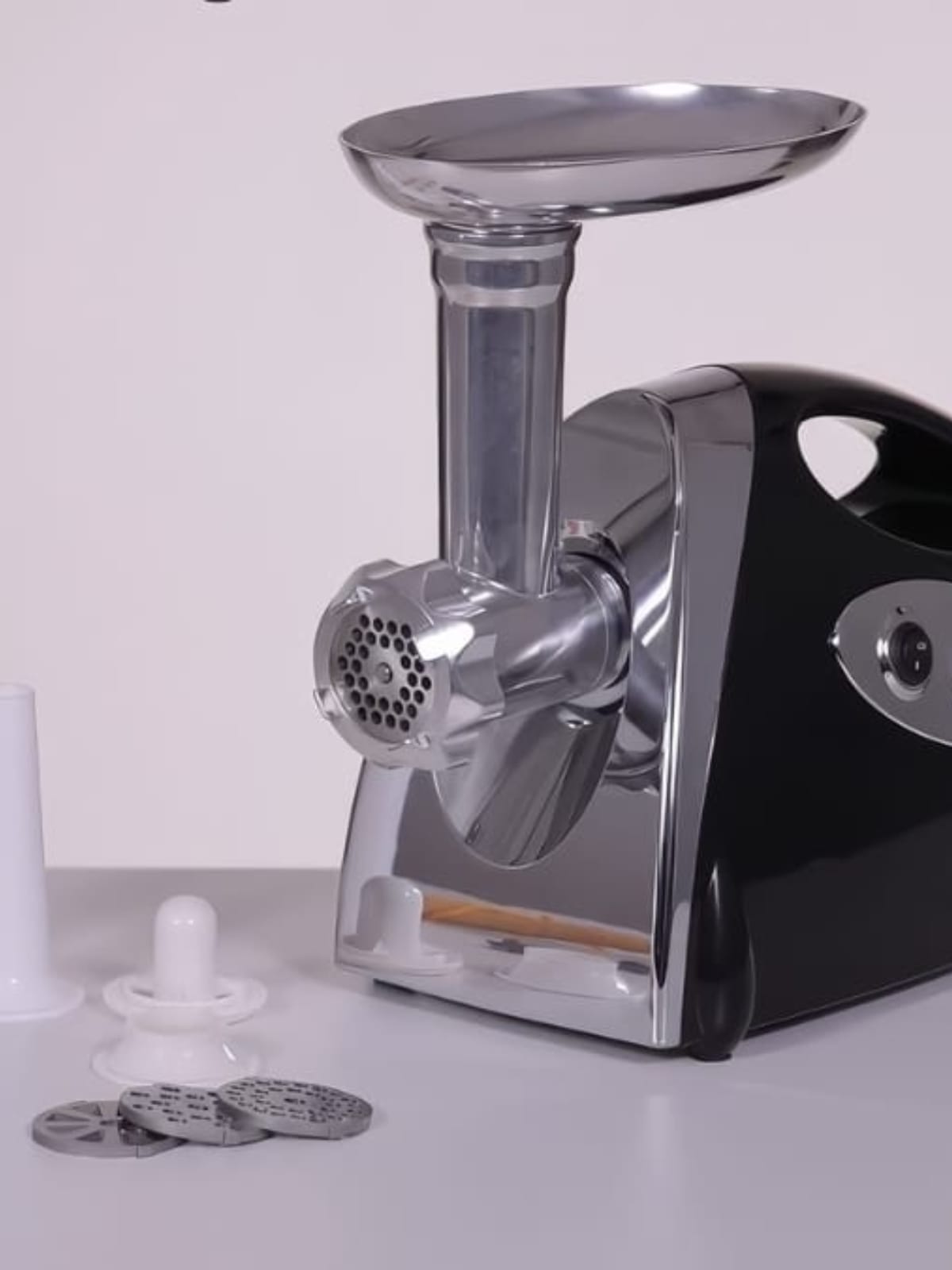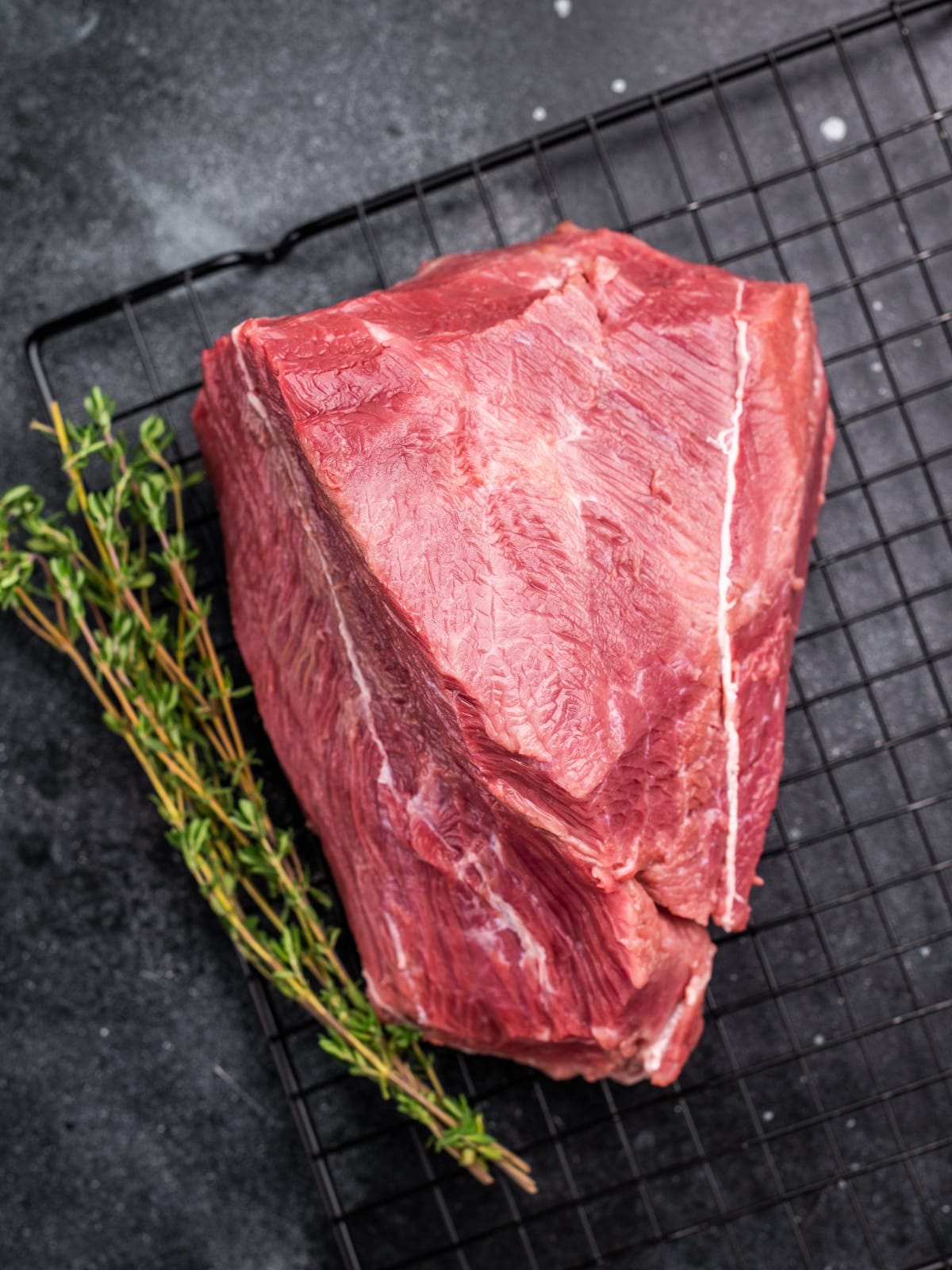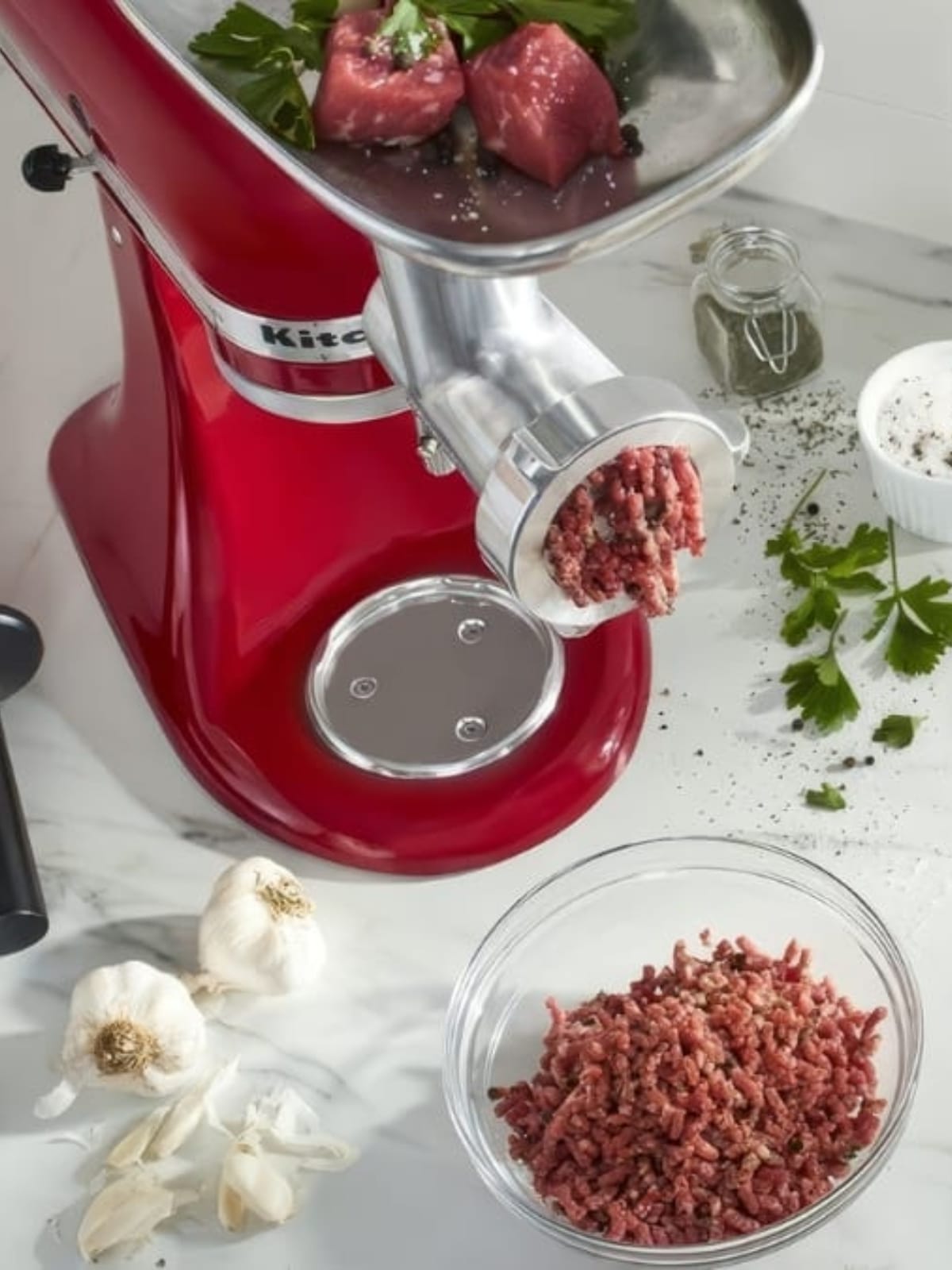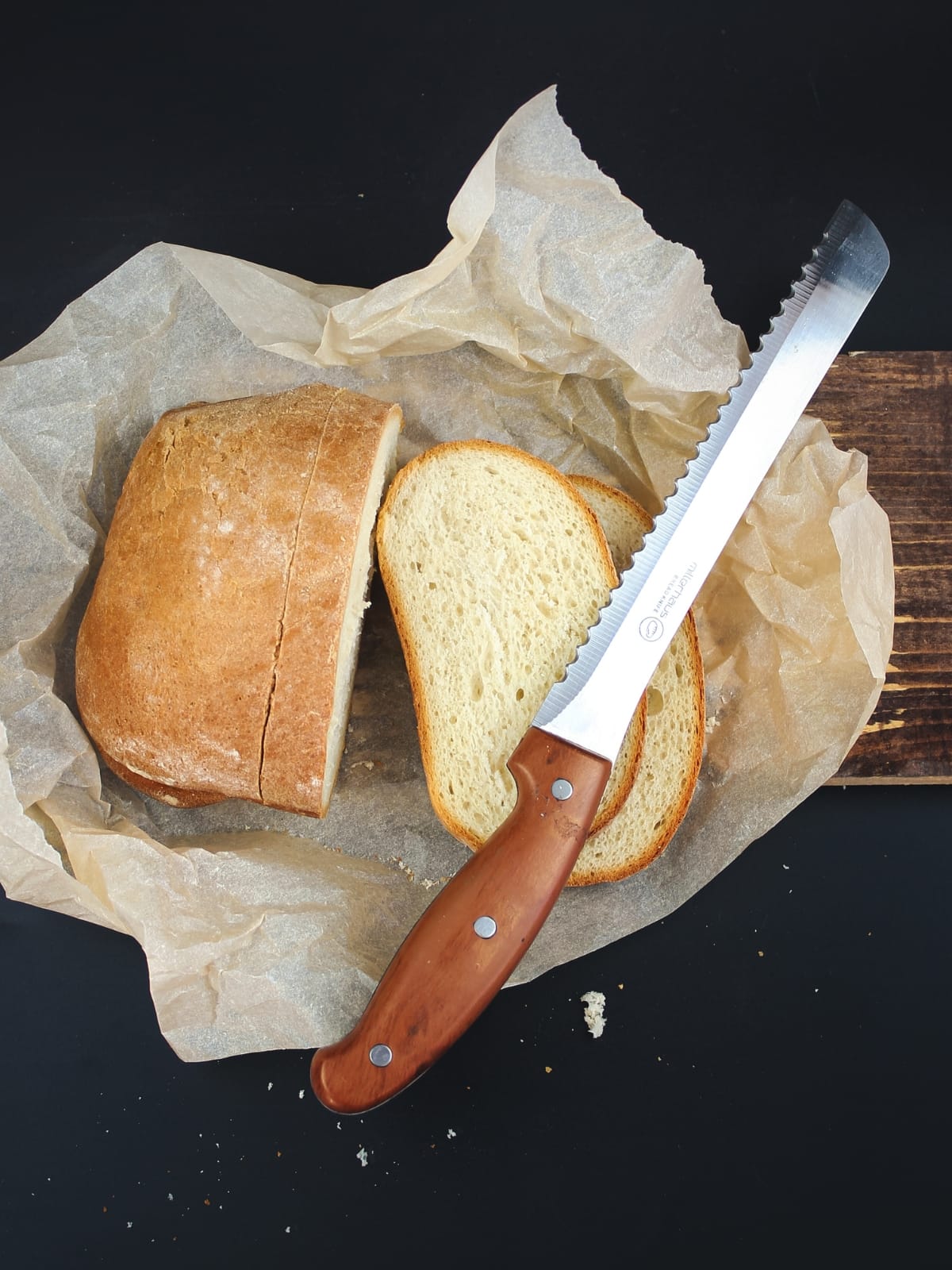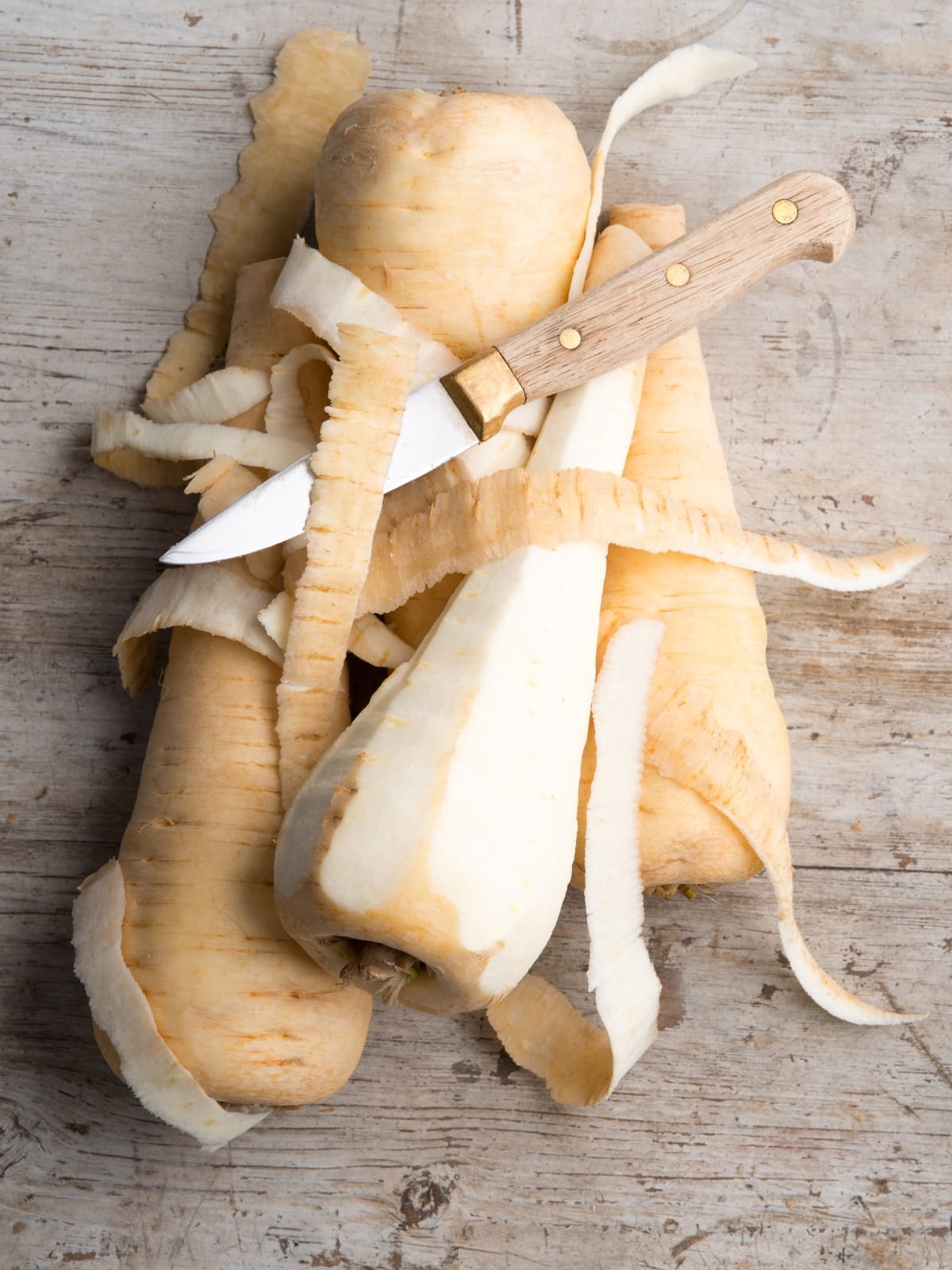Choosing the right Japanese kitchen knife can elevate your culinary experience. This guide will walk you through the essential factors to consider, from blade types to handle materials, ensuring you make an informed decision that suits your cooking style and needs.
Understanding Japanese Knife Types
Japanese knives are renowned for their precision, sharpness, and craftsmanship. To choose the perfect Japanese kitchen knife, it’s crucial to understand the different types available:
Gyuto: The All-Purpose Chef’s Knife
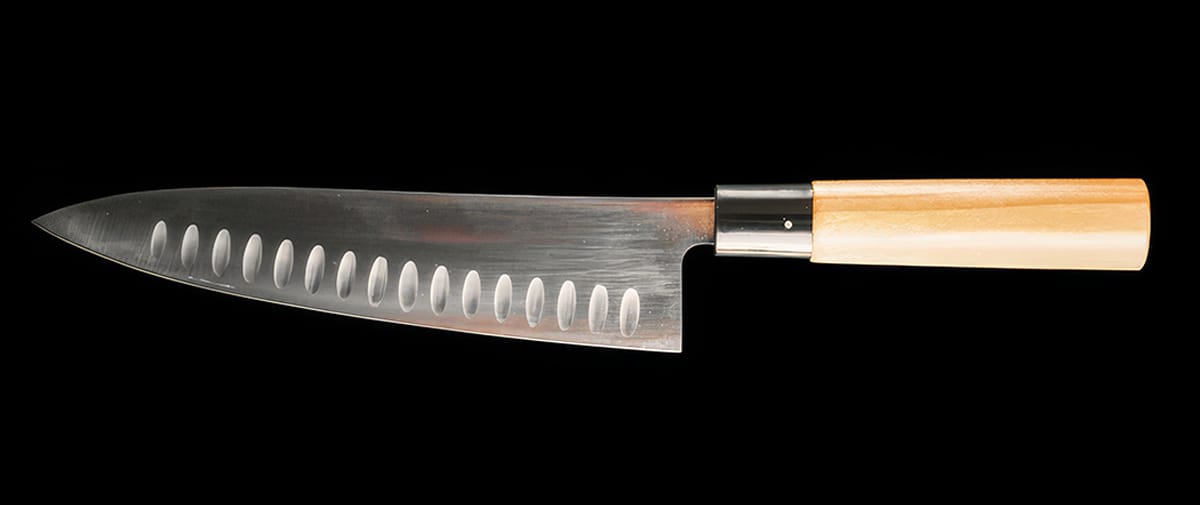
The Gyuto, often called the Japanese chef’s knife, is a versatile tool suitable for various tasks. Its name translates to “cow sword,” originally used for cutting beef. Today, it’s an all-rounder in the kitchen.
Key features:
- Blade length: 180-270mm
- Double-edged
- Suitable for slicing, dicing, and chopping
Korin, a reputable Japanese knife retailer, offers an excellent selection of Gyuto knives for various skill levels.
Santoku: The Three-Virtue Knife
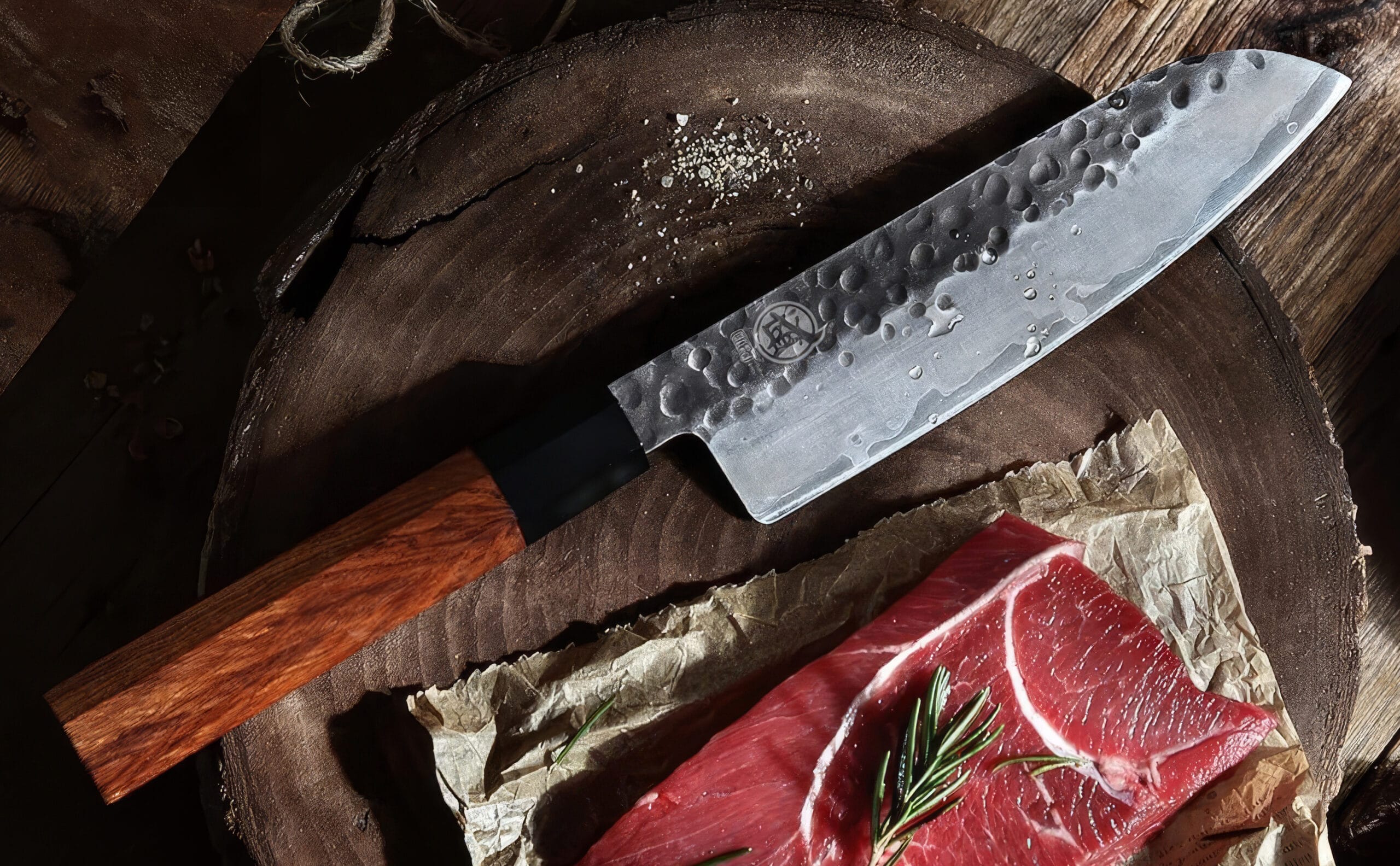
The Santoku, meaning “three virtues,” excels at slicing, dicing, and mincing. It’s shorter than the Gyuto and has a flatter profile, making it ideal for up-and-down chopping motions.
Key features:
- Blade length: 165-180mm
- Flat profile with a curved tip
- Excellent for vegetables, fish, and boneless meats
Nakiri: The Vegetable Knife
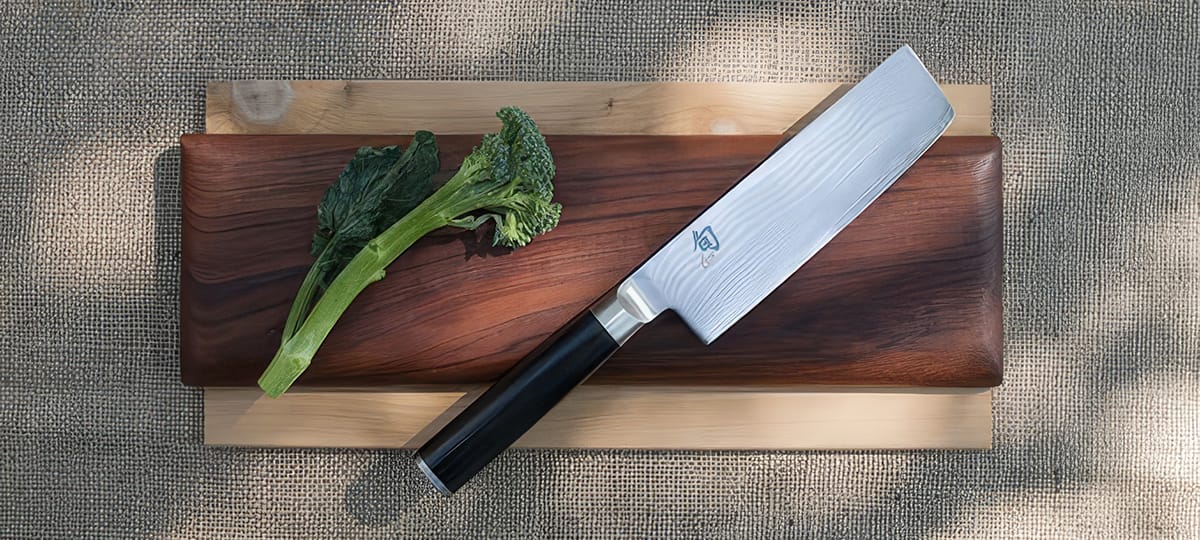
The Nakiri is designed specifically for vegetable preparation. Its straight edge and rectangular shape make it perfect for precise, straight cuts.
Key features:
- Blade length: 165-180mm
- Straight edge
- Ideal for push-cutting vegetables
Deba: The Fish Filleting Knife
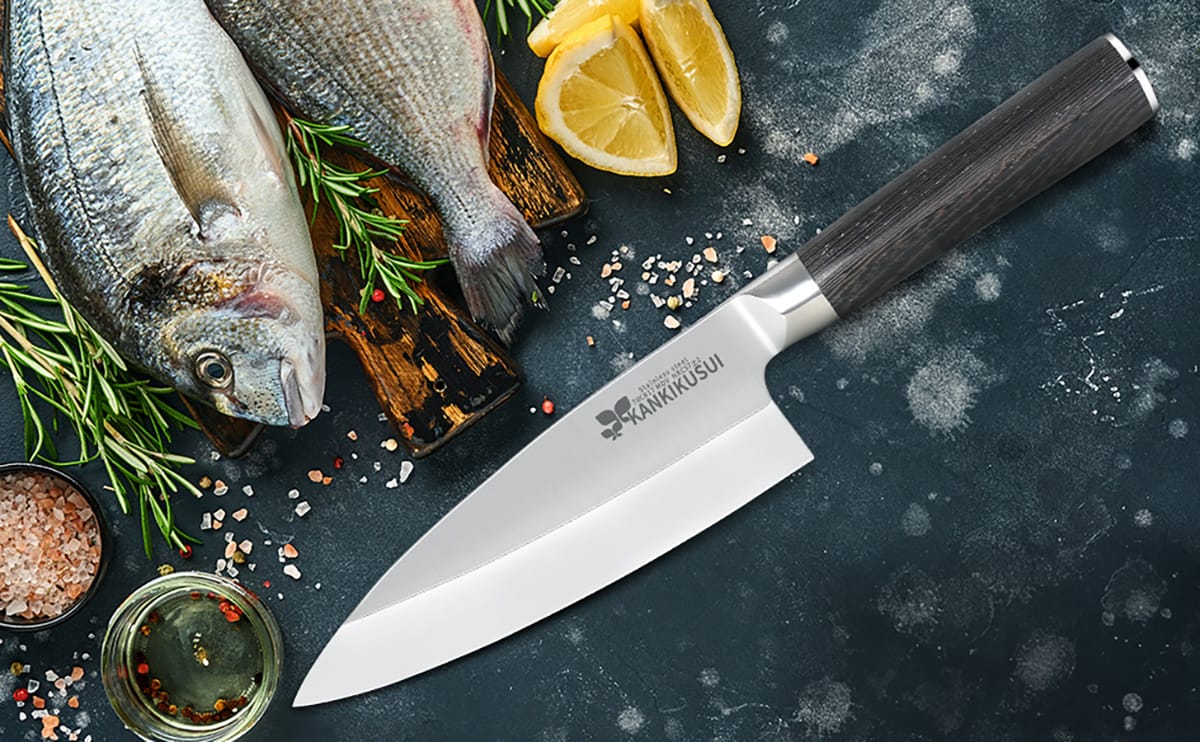
The Deba is a heavy-duty knife primarily used for filleting fish and cutting through small bones.
Key features:
- Blade length: 150-210mm
- Single-beveled edge
- Thick spine for added strength
Key Factors in Choosing Your Japanese Kitchen Knife
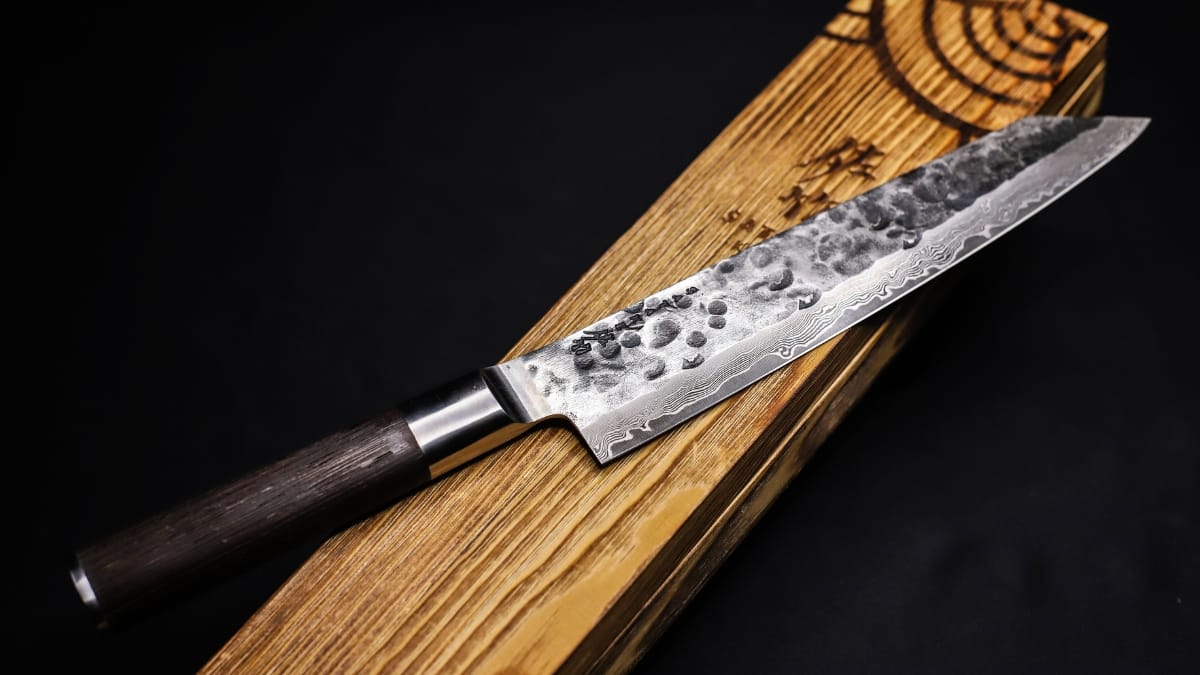
When selecting a Japanese kitchen knife, consider these crucial factors:
Blade Material: Carbon Steel vs. Stainless Steel
Japanese knives typically come in two main materials:
- Carbon Steel:
- Extremely sharp
- Easier to sharpen
- Prone to rust and discoloration
- Requires more maintenance
- Stainless Steel:
- Resistant to rust and corrosion
- Retains edge longer
- Slightly less sharp than carbon steel
- Easier to maintain
For a detailed comparison, check out this guide from Japanese Knife Imports.
Blade Shape and Edge Type
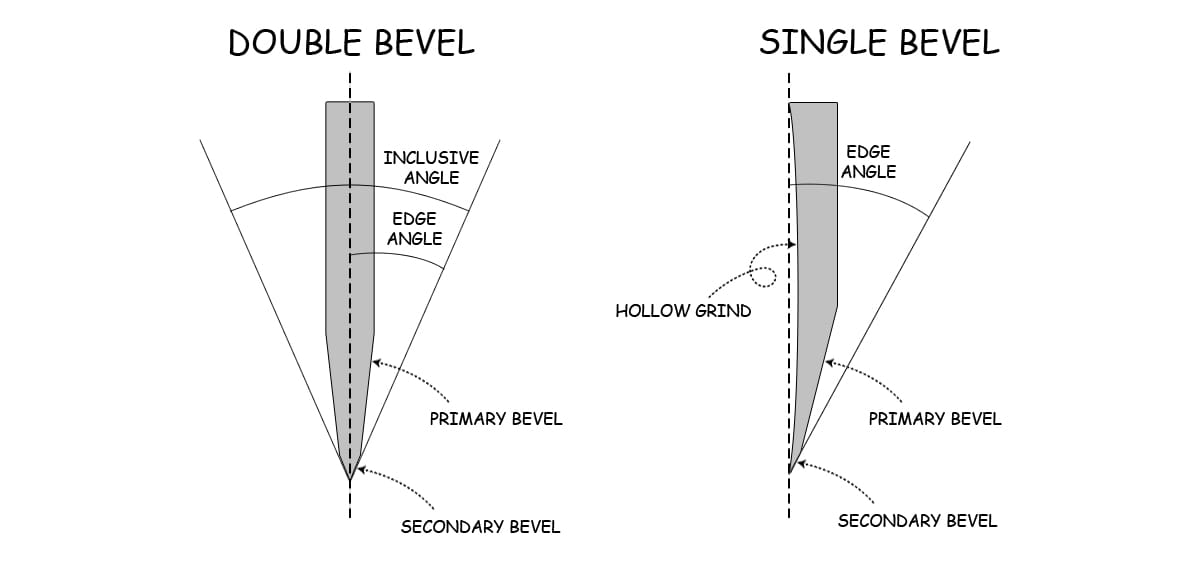
Japanese knives often feature either a double-bevel or single-bevel edge:
- Double-bevel: Sharpened on both sides, easier to use for most people
- Single-bevel: Sharpened on one side, offers extreme precision but requires skill to use effectively
Handle Design and Material
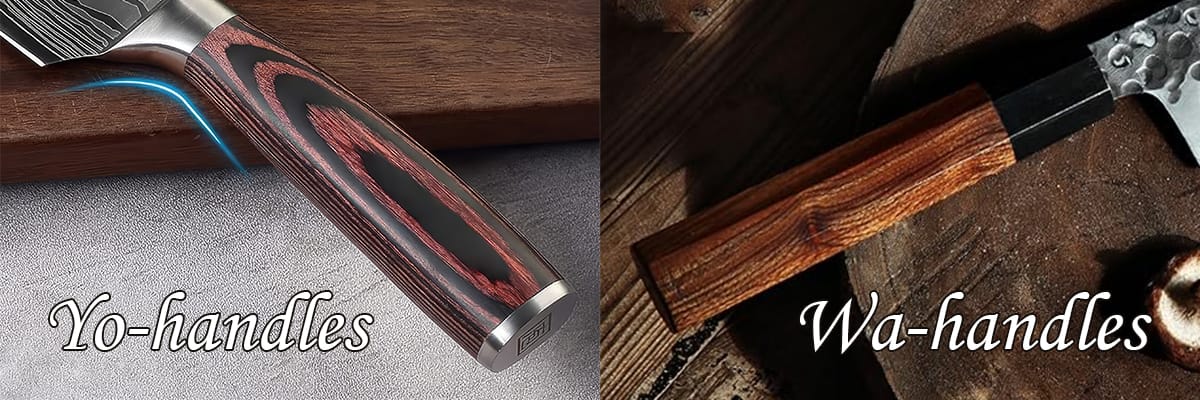
Japanese knife handles come in two main styles:
- Wa-handle: Traditional Japanese handle, typically made of wood
- Yo-handle: Western-style handle, often made of synthetic materials
Choose based on your comfort and grip preference.
Balance and Weight Distribution
A well-balanced knife feels comfortable in your hand and reduces fatigue during prolonged use. Test different knives to find the balance that suits you best.
Matching Your Knife to Your Cooking Style
Consider your cooking habits and preferences when choosing a Japanese kitchen knife:
Professional vs. Home Cook Needs
Professional chefs may prefer a wider range of specialized knives, while home cooks might benefit from versatile options like the Gyuto or Santoku.
Specialized Tasks vs. Versatility
If you frequently perform specific tasks (e.g., filleting fish), consider a specialized knife like the Deba. For general use, a versatile knife like the Gyuto is ideal.
Considering Your Kitchen Setup
Take into account your cutting board material, kitchen space, and storage options when selecting a knife.
Budget Considerations and Value for Money
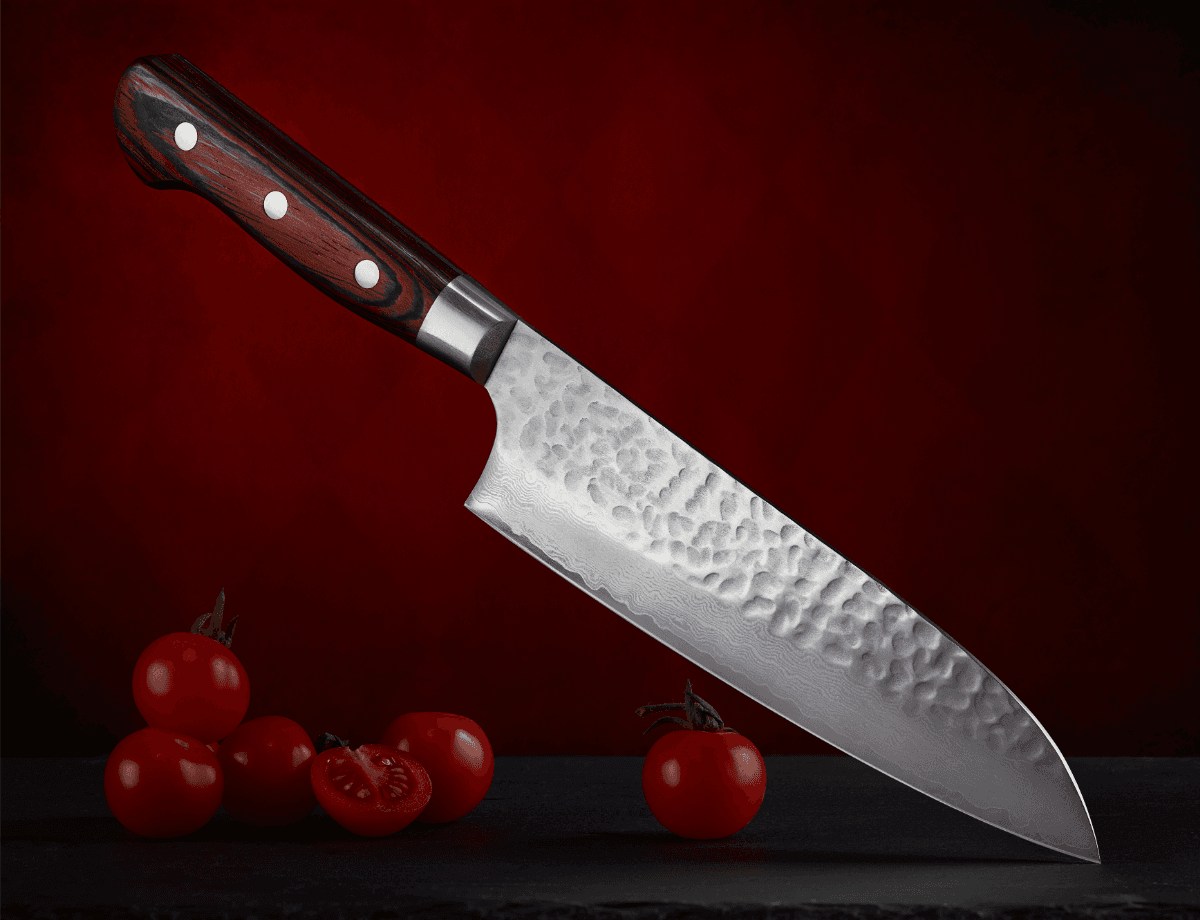
Japanese kitchen knives are available at various price points:
Entry-Level Japanese Knives
- Price range: $50-$150
- Brands to consider: Tojiro
Mid-Range Options
High-End and Artisanal Knives
- Price range: $300+
- Brands to consider: Konosuke
Remember, a higher price doesn’t always guarantee better performance. Consider your budget and choose a knife that offers the best value for your needs.
Conclusion
Choosing the perfect Japanese kitchen knife involves considering various factors, from knife types and materials to your cooking style and budget. By understanding these elements and following this guide, you’ll be well-equipped to select a knife that enhances your culinary experience. With the right Japanese kitchen knife in hand, you’ll be ready to elevate your cooking to new heights of precision and enjoyment.
